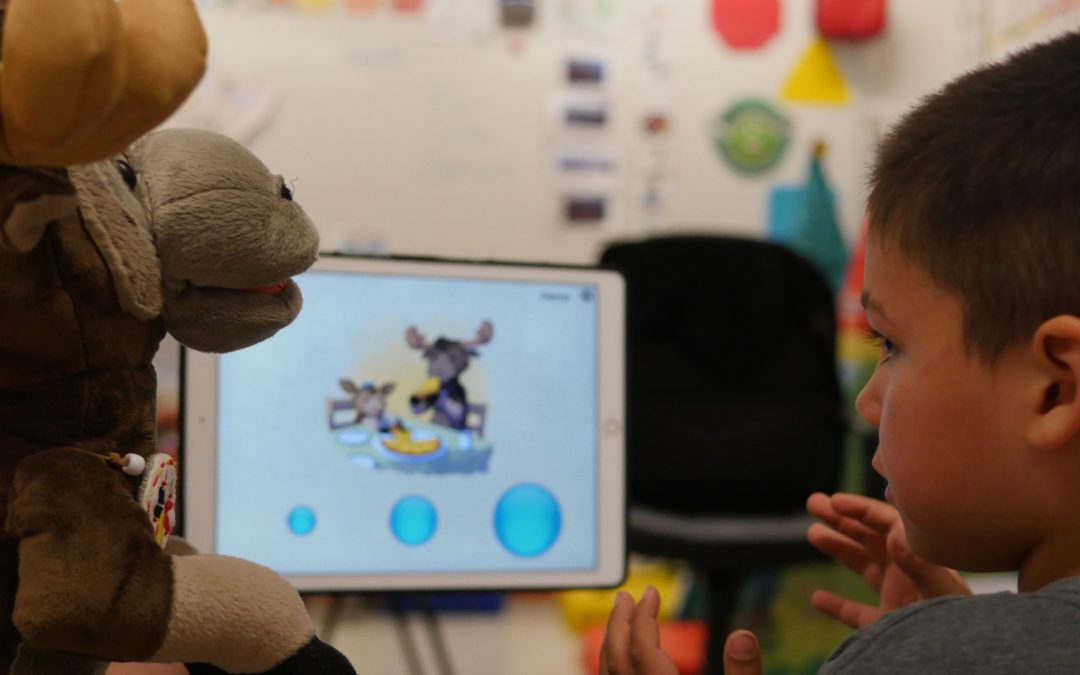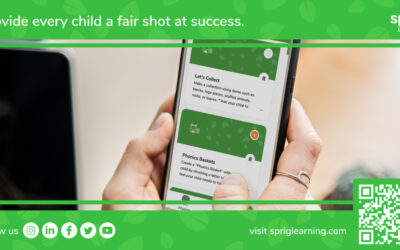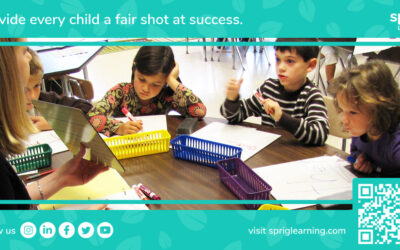Just like role models play a vital part in education, so too does culturally relevant content. Culturally responsive teaching has been a topic in education since the 1970’s, so it’s a wonder why many education systems continue to use the ‘melting pot’ approach. Learning is proven to be enhanced when children can relate to lessons on a cultural level. Before this can happen though, it’s important to understand what it means at a teaching level.
Switching from Melting Pot to Mosaic
Culturally responsive teachers may have to abandon old ideas about cultural deficits. They must be careful not to convey judgment that might reflect upon students’ families, friends or histories. This often means looking inwards to address their own assumptions about behaviours, like the caregiver who forgot to sign the student’s agenda or missed a parent-teacher interview.
A culturally responsive teacher is grounded in pedagogical practices. They teach ideas and social relationships that enhance learning by relating the curriculum to students’ backgrounds, establishing connections with families and communities, understanding cultural experiences, creating shared learning experiences, and recognizing cultural differences as strengths.
By acknowledging a child’s specific needs, beliefs and backgrounds, curriculums could shift from the traditional ‘melting pot’ to a more inclusive ‘mosaic’ approach. But before making the switch, it’s important to understand culturally responsive teaching spans deeper than just culture.
According to Gloria Ladson-Billings, culturally responsive teaching is a pedagogy that empowers students intellectually, socially, emotionally and politically. Adopting culturally responsive teaching in your own practice means getting to know students in a way that is personal and individual. It’s important to embrace a student’s racial or ethnic background, but it’s only a fragment of their identity. Recognizing and respecting students means learning how they learn and about their areas of interest.
To be effective, teachers must show courage, confidence and capability in the classroom.
Responding to The Need For Change
What makes culturally responsive teaching so important is how it filters content and teaching through cultural frames of reference. For example, if you ask a young Indigenous student in northern Saskatchewan what sound a subway train makes, they may have never even heard of one. Ask a Caucasian student from Toronto the same question and it’s a different story. The same could be said for an African-American student being taught to revere the discoveries of Christopher Columbus, an explorer known to have African slaves. Students whose lives and cultures are not treated as equal are less likely to buy into learning, whereas those who are empowered and feel valued will be ready to learn.
“While “caring about” conveys feelings of concern for one’s state of being, “caring for” is active engagement in doing something to positively affect it.”
– Geneva Gay, Culturally Responsive Teaching: Theory, Research, and Practice
With a culturally responsive curriculum, it makes room for learning opportunities that connect students to different cultures inside and outside the classroom. These connections can be made through something as simple as teaching a lesson through pop culture, movies or music the class will enjoy. The goal of culturally responsive teaching is to empower students and to expand their capabilities in other spheres of learning by making their own skills, languages and attitudes meaningful in the classroom.
The best way to establish meaningful, culturally responsive teaching is through collaboration. Connecting educators, caregivers and members of the community in student learning encourages sharing their wealth of cultural knowledge with students. Not only that, but when students see collaboration and mutual respect, they’re more likely to buy into their own education in meaningful ways.
Encouraging the use of native languages in class is another way to be culturally responsive. Encouraging students to use their native languages in class can result in students’ to be fluent in both the standard classroom language and native languages.
Connecting Cultural Responsiveness With Current Curriculums
What it boils down to is culture and heritage are two things that no one chooses. They are an unconditional part of being human and should be treated with the same respect and privilege that education commands.
Without engaging cultural responsiveness, it’s inaccurate for educators to claim that they can attend to the needs of different students. Keeping up with current ‘melting pot’ academic practices will continue to influence students in divorcing themselves from their cultural backgrounds.
The key to connecting cultural responsiveness with curriculums is technology. It’s no secret that technology is a fantastic tool at making connections in education, but the important part is finding technology that connects caregivers, students, educators and community to bring cultural context to the classroom and enhance learning for every student.
More from the Sprig Blog
The Vital Role of Progress Monitoring Assessments in Early Literacy: A Comprehensive Guide
While various types of assessment serve distinct purposes, progress monitoring stands out as a dynamic and continuous process crucial for fostering optimal learning outcomes. Progress Monitoring also plays a pivotal role in enhancing all other types of assessments utilized in classrooms.
Progress monitoring assessments have been defined and contrasted with other types of assessments in previous Sprig Learning articles.
This article shines the spotlight on just progress monitoring: why it matters, the components that make it effective, and how to best implement it in a school setting
4 More Types of Parental Involvement in Early Childhood Education
Sprig Learning has previously covered this all-important topic of parental involvement. In this special occasion, as a follow-up to the previous blog, four additional ways will be explored in which parents can actively engage in their child’s early literacy journey.
Parenting is a balancing act, and in the realm of early childhood education, every bit of support matters.
So then, let’s see four more ways in which parents can lend their support in early childhood education, especially to the cause of early literacy success.
Why Small Group Instruction is Needed For Assessments in Early Literacy
It’s one thing to assess how a classroom is faring on the foundational reading skills– if they have been assessed, if they need explicit instruction, or if they need more practice.
It’s another thing to then have the means to provide differentiated instruction to all children in the classroom.
This article will explore why small group instruction, along with early literacy assessments, are essential in early literacy.
It will describe the advantages of this personalized approach to instruction and how it complements the formative assessment process, creating a more effective learning experience for budding readers.




